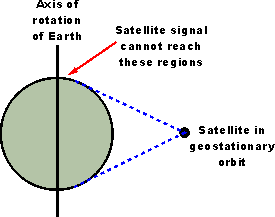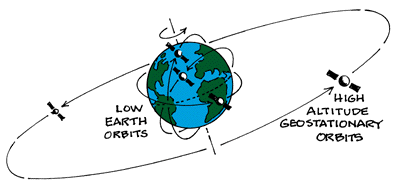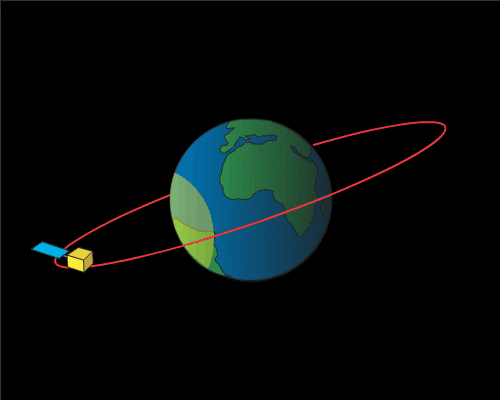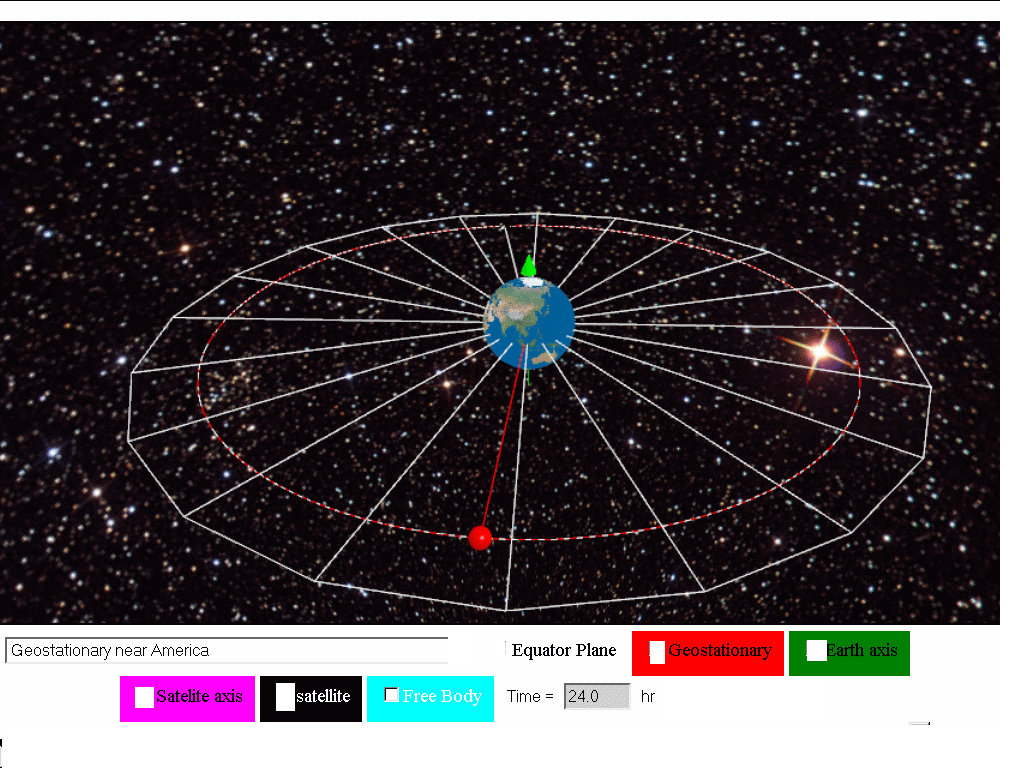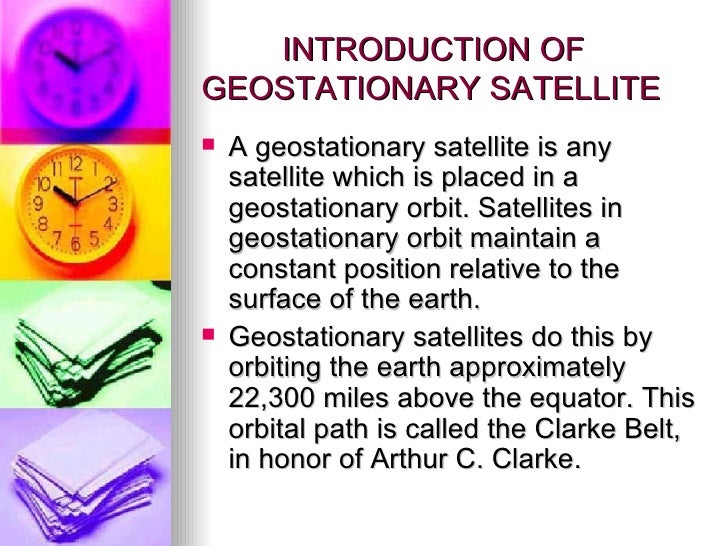In addition to our state of the art global geostationary satellite fleet telesat leo our low earth orbit network scheduled to begin service in 2022 will revolutionize global broadband connectivity by delivering a combination of high capacity security resiliency and affordability with ultra low latency and fiber like speeds.
Main advantage of geostationary satellite.
Refer satellite tutorial which covers everything on satellite including satellite structure bands orbits types configuration applications and more.
The principal advantage of this type of satellite is the fact that an earthbound directional antenna can be aimed and then left in position without further adjustment.
There are orbits around the earth where satellites are installed after their launch.
However there are some disadvantages.
It mentions geo orbit advantages and geo orbit disadvantages.
This allows the end user to use a fixed point to point satellite dish.
A geostationary satellite can be accessed using a directional antenna usually a small dish aimed at the spot in the sky where the satellite appears to hover.
Geo stands for geosynchronous or geostationary earth orbit.
There are three main types of orbits viz.
The principal advantage of this type of satellite is the fact that an earthbound directional antenna can be aimed and then left in position without further adjustment.
The smallest inclination that a satellite can be launched into is that of the launch site s latitude so launching the satellite from close to the equator limits the amount of inclination change needed later.
A geostationary satellite can be accessed using a directional antenna usually a small dish aimed at the spot in the sky where the satellite appears to hover.
Of course the advantage of a satellite in a geostationary orbit is that it remains stationary relative to the earth s surface.
In order to understand advantages of satellite communication and disadvantages of satellite communication one has to understand satellite communication basics.
A geosynchronous satellite is a satellite in geosynchronous orbit with an orbital period the same as the earth s rotation period such a satellite returns to the same position in the sky after each sidereal day and over the course of a day traces out a path in the sky that is typically some form of analemma a special case of geosynchronous satellite is the geostationary satellite which has a.
This makes it an ideal orbit for communications since it will not be necessary to track the satellite to determine where to point an antenna.
Geostationary satellites are launched to the east into a prograde orbit that matches the rotation rate of the equator.
Installing is easy as you kn.

